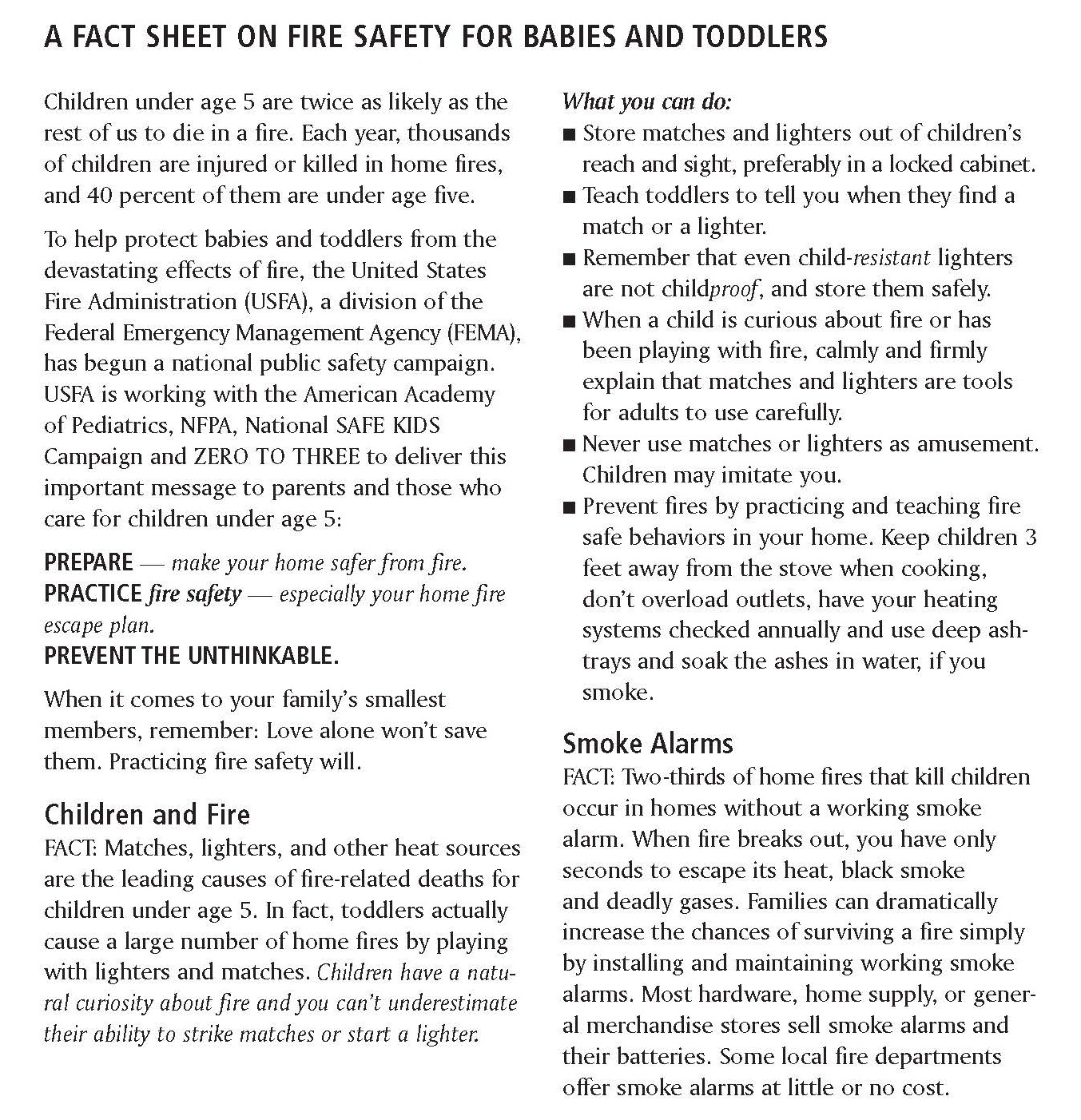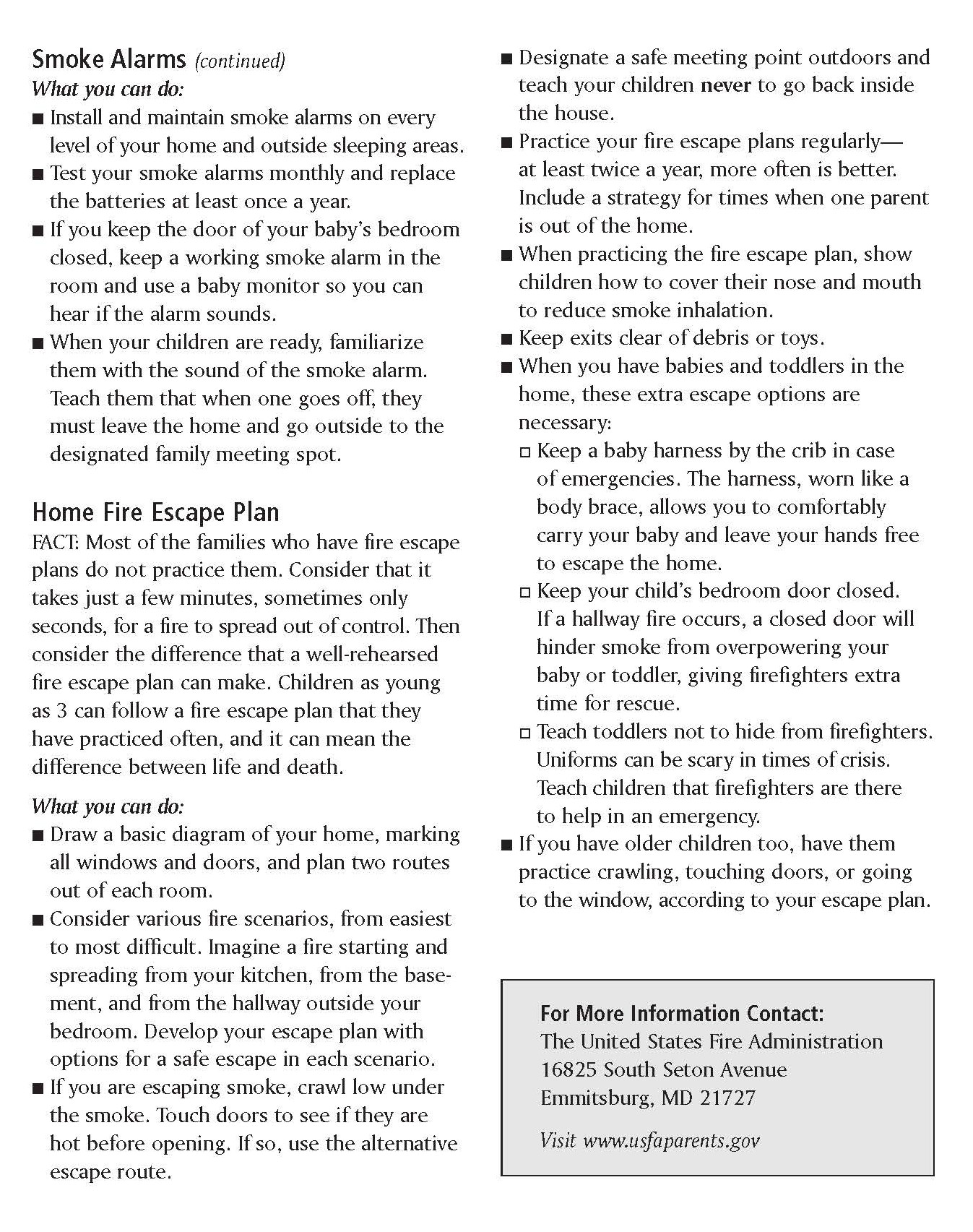Multiple-fatality Fires in Residential Buildings (2009-2011)
From 2009 to 2011, an estimated 200 fires in residential buildings reported to United States fire departments resulted in multiple fatalities. These fires annually caused an estimated 740 deaths, 175 injuries and $34 million in property loss.
Findings from this report:
- Multiple-fatality fires in residential buildings tended to be larger, caused more damage, and had higher injury rates than both single-fatality fires and nonfatal fires in residential buildings.
- One- and two-family dwellings accounted for 81 percent of multiple-fatality fires in residential buildings.
- The leading areas of fire origin in multiple-fatality fires in residential buildings were bedrooms (23 percent) and common areas such as living and family rooms (23 percent).
- “Other unintentional, careless” action was the leading cause of multiple-fatality fires in residential buildings (16 percent).
- The leading human factor contributing to the ignition of multiple-fatality fires in residential buildings was being “asleep” (53 percent).
- Multiple-fatality fires in residential buildings were more prevalent in the cooler months, spiking in January at 17 percent.
- Multiple-fatality fires in residential buildings occurred most frequently from 1 to 5 a.m. This four-hour time period accounted for 38 percent of the multiple-fatality residential building fires.
- In 91 percent of multiple-fatality fires in residential buildings, the fire extended beyond the room of origin.
- When smoke alarms were reported to be present in multiple-fatality fires in residential buildings, they operated in 33 percent of the incidents and failed to operate in 23 percent.
Download: Multiple-fatality Fires in Residential Buildings (2009-2011) (PDF, 730 Kb)
Parents Guide to Fire Safety for Toddlers
A child under the age of five is twice as likely to die in a residential fire than the rest of the population.
The campaign’s slogan: “Prepare. Practice. Prevent the Unthinkable.” urges parents and caregivers to prepare by installing and maintaining working smoke alarms; safely storing lighters and matches out of children’s reach and sight; and practicing a fire escape plan with small children, which should include helping toddlers understand how to quickly respond in case of fire, and planning how adults can escape with babies.
Download Brochure Adobe Acrobat (PDF)


